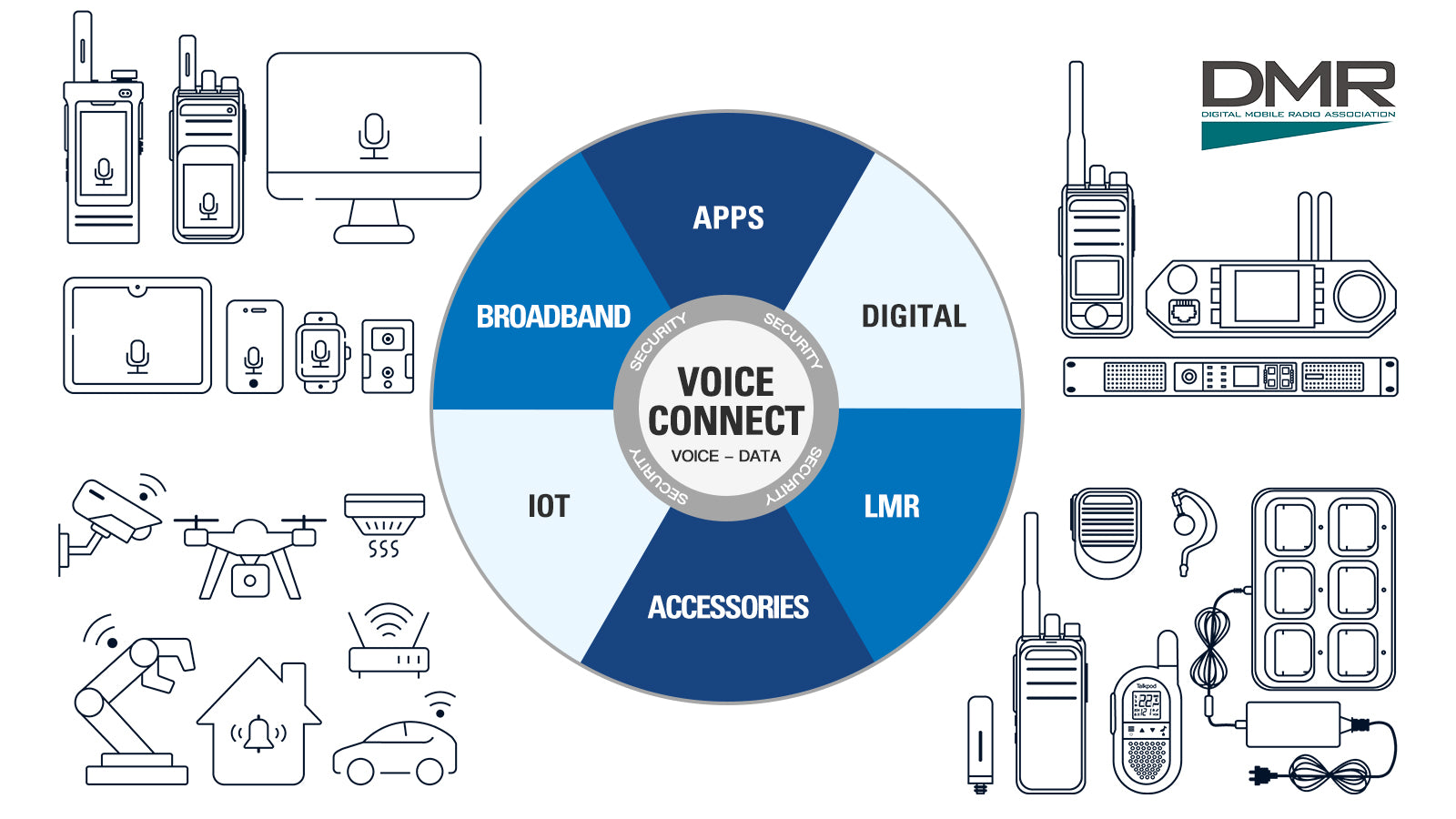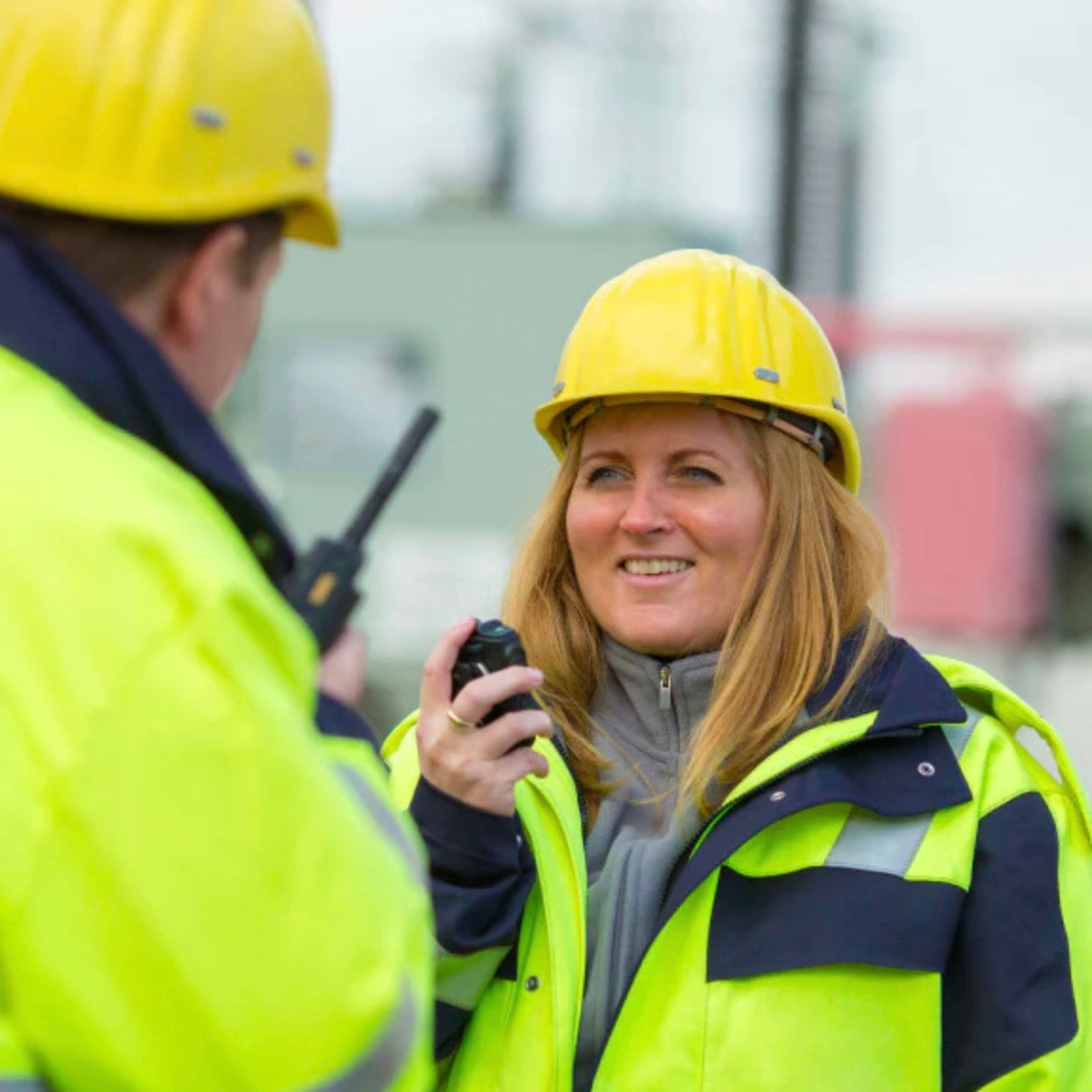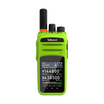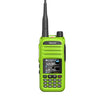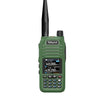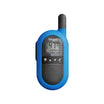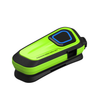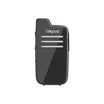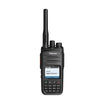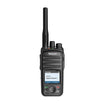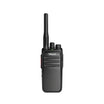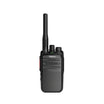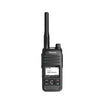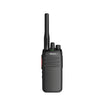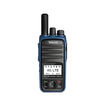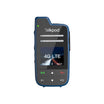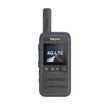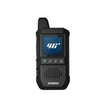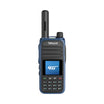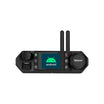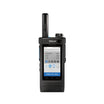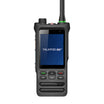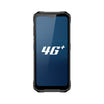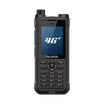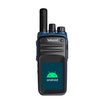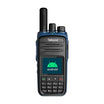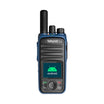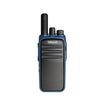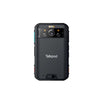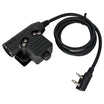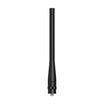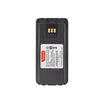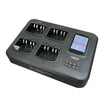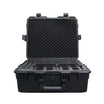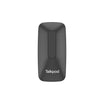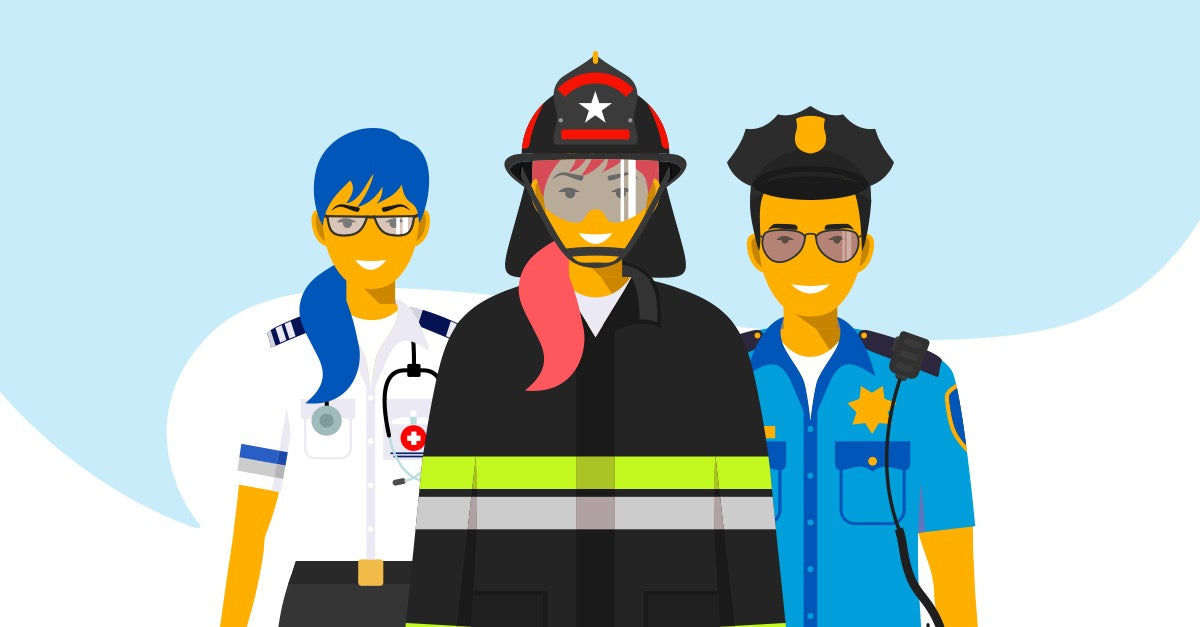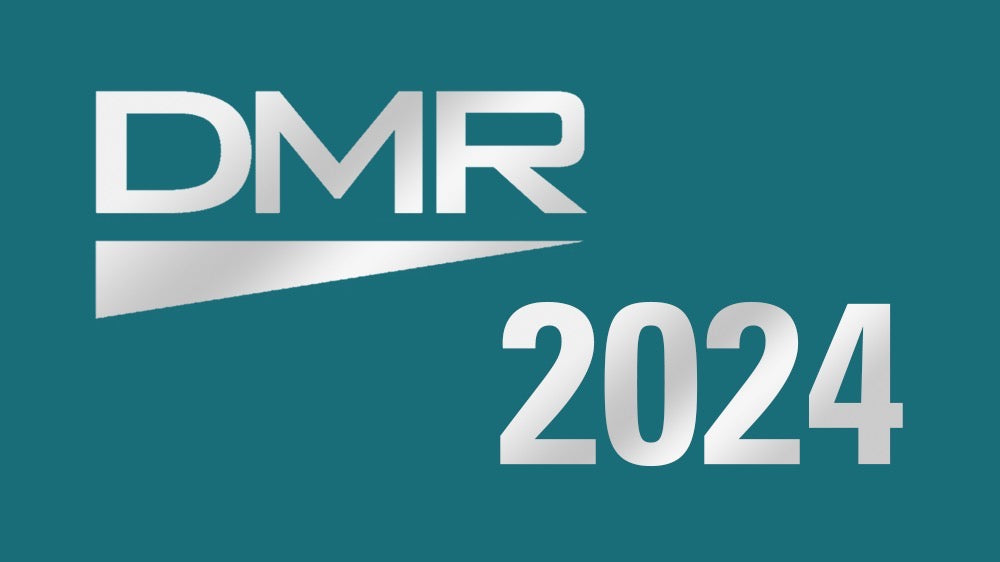In the demanding world of first responder operations, where natural disasters and catastrophic events frequently disrupt conventional telecommunication services, the need for a resilient communication system is paramount. The Digital Mobile Radio (DMR) Tier III system has emerged as a beacon of reliability, offering a robust wide area communication network designed to withstand severe adversities like floods, fires, and power outages.
A recent case study focused on the meticulous process of designing, building, and deploying a specialized wide area radio system tailored for first responders. This DMR Tier III system stands out for its ability to seamlessly complement traditional networks, maintaining 100% operational uptime even in the most challenging environments.
Key aspects of this system include its cost-effective yet highly reliable nature, making it an ideal choice for entities responsible for specifying first responder systems. DMR manufacturers and installers are introduced to a promising market that values durability and efficiency. Additionally, the session provided insights into the system's design nuances, which ensure continuous operation, and discussed the human factors influencing network management.
The takeaways from this session highlight the potential of DMR Tier III in revolutionizing first responder communications, offering lessons on achieving flawless uptime and showcasing the system as a low-cost, high-reliability solution for emergency scenarios.
This exploration into DMR's capabilities underscores the critical role of advanced, resilient communication systems in ensuring the safety and effectiveness of first responders during emergencies.‘’
A recent case study focused on the meticulous process of designing, building, and deploying a specialized wide area radio system tailored for first responders. This DMR Tier III system stands out for its ability to seamlessly complement traditional networks, maintaining 100% operational uptime even in the most challenging environments.
Key aspects of this system include its cost-effective yet highly reliable nature, making it an ideal choice for entities responsible for specifying first responder systems. DMR manufacturers and installers are introduced to a promising market that values durability and efficiency. Additionally, the session provided insights into the system's design nuances, which ensure continuous operation, and discussed the human factors influencing network management.
The takeaways from this session highlight the potential of DMR Tier III in revolutionizing first responder communications, offering lessons on achieving flawless uptime and showcasing the system as a low-cost, high-reliability solution for emergency scenarios.
This exploration into DMR's capabilities underscores the critical role of advanced, resilient communication systems in ensuring the safety and effectiveness of first responders during emergencies.‘’


